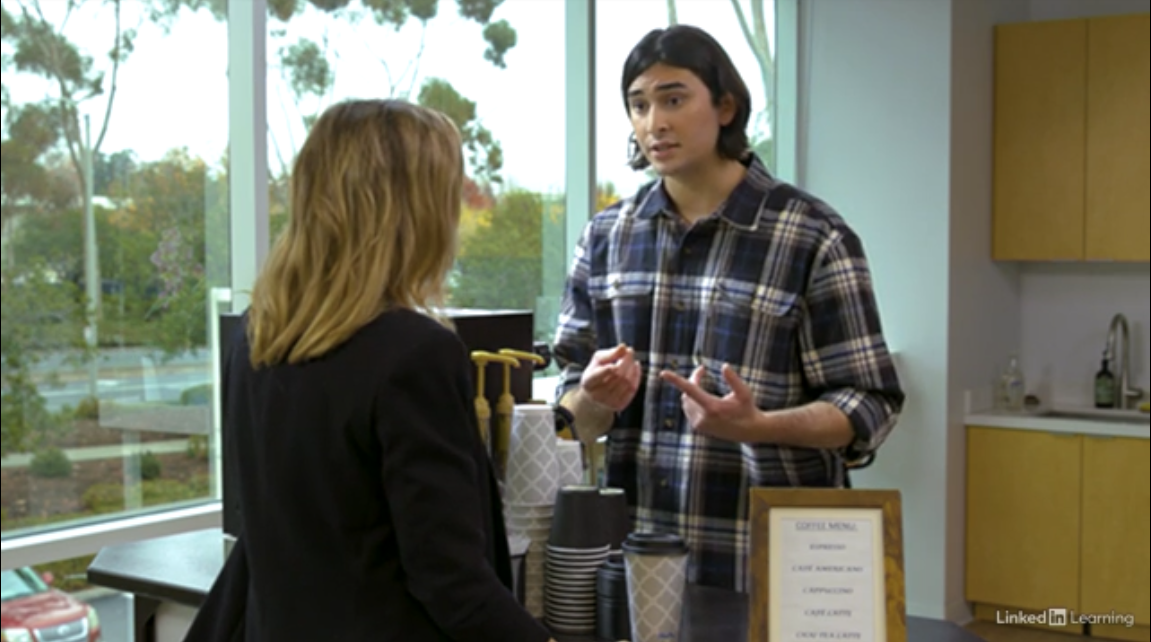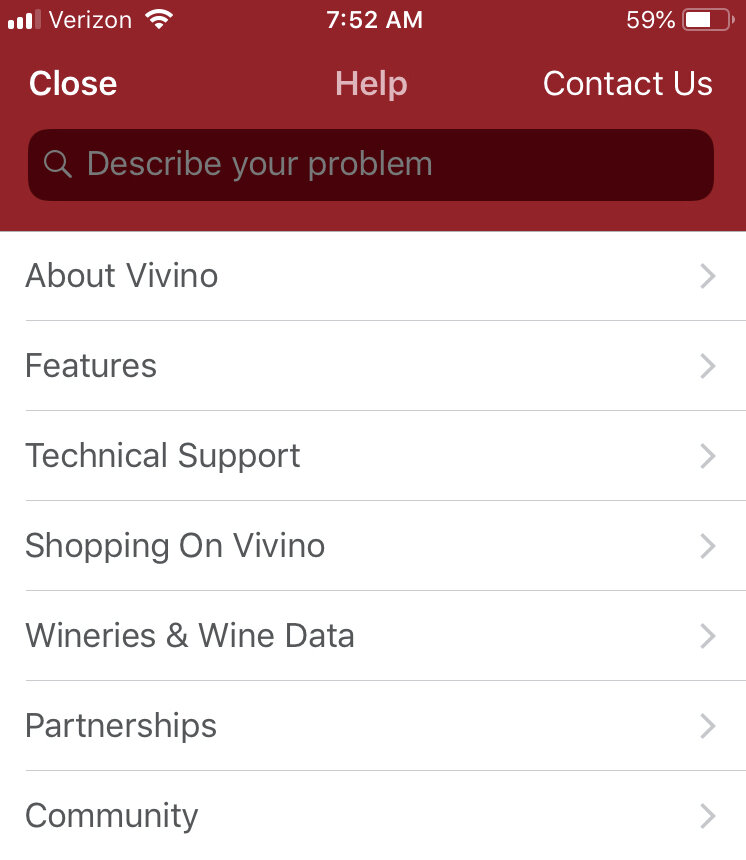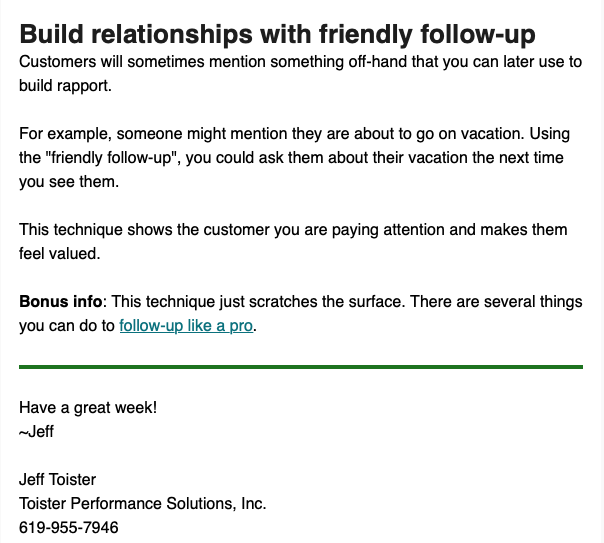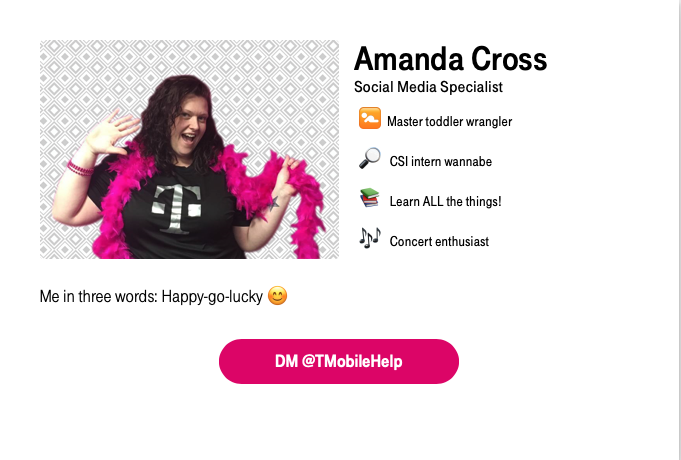Advertising disclosure: This blog participates in the Amazon Services LLC Associates Program, an affiliate advertising program designed to provide a means to earn fees by linking to Amazon.com and affiliated sites.
"You've ruined Christmas!"
I've lost count how many times angry customers yelled that at me when I was working in retail, first in a clothing store and later in a call center. You've probably heard customers say the same thing if you've worked during the holiday season.
Getting yelled at is hard enough. It's extra painful when a self-righteous customer is using you as a human punching bag because some tchotchke they wanted to buy as a gift wasn't available.
Frankly, it's exhausting.
Three bad things happen to customer service employees when they're exhausted:
They can't think clearly.
It's harder to be friendly.
They struggle to even care.
Even during normal times of the year, service quality decreases after lunch, when employees are more fatigued.
Let's take a closer look at why your employees need extra rest during the holidays.
Exhaustion hurts clear thinking
Customer service employees must think on their feet. They need to be quick and resourceful problem solvers to keep customers happy.
Clear thinking gets difficult when we're tired.
A study of British office workers published in 2009 found that people who worked more than 55 hours per week showed decreased memory, vocabulary, and cognitive reasoning skills compared to those who worked 40 hours or less.
Memory, vocabulary, and cognitive skills are all critical to service.
This is especially true today, when customers are increasingly using self-service to handle simple transactions. This means our employees have to handle complicated issues more often.
That's hard to do when you're tired.
Fatigue makes it hard to be friendly
Shopping or dining out during the holiday season is supposed to be festive and fun. Part of that customer experience includes friendly and outgoing employees who help spread cheer.
It's tough to act warm and friendly when you're exhausted.
Putting a smile on your face when you don't feel like smiling is called surface acting. You can see a great example from this 1979 commercial from Pacific Southwest Airlines.
Arlie Hochschild first coined the term, "emotional labor," in the book The Managed Heart. It refers to the effort required to act happy when you don't feel that way. The bigger the gap between how we actually feel and the friendly emotions we’re trying to display, the more emotional labor we have to exert.
Like any type of labor, exerting too much wears you down and makes things even worse.
Weary employees struggle to care
Customer service employees are expected to empathize with customers. Listen to their problems, offer a few words of encouragement, and act like they truly care.
This gets a lot harder when you're tired.
Empathy fatigue, or compassion fatigue, is physical and mental exhaustion that comes from caring for others over a long period of time. I explored the concept more in-depth in this post, but here are a few symptoms:
Difficulty concentrating
Blaming others (i.e. customers) for their problems
Feeling hopeless
None of those exactly scream "happy holidays!"
How to overcome holiday exhaustion
There are several ways to help keep employees fresh, focused, and happy during the busy holiday season.
The first is to offer more breaks.
Supervisors often discourage employees from taking rest or lunch breaks during busy times. Legal issues aside, this can backfire and reduce productivity and service quality. Try giving employees more breaks instead, and you’ll likely see employees work fast while making fewer errors.
Micro-breaks are another solution.
In his book, When: The Scientific Secrets of Perfect Timing, author Daniel Pink suggests taking short breaks to regroup from difficult situations. It could be a quick trip to the water cooler, a short walk around the office, or just standing up from your desk to stretch for a moment.
Varying work assignments can also help.
When I managed a contact center, a lot of off-the phone work would pile up while we were deluged with customer calls. When call volumes died down, this work became a nice change of pace for agents who needed a break from upset customers.
I have one more suggestion for you: hold your holiday party in January.
I've done this myself, and there are several important benefits to moving the traditional holiday party out of December.
Cost. Event space is cheaper in January.
Attendance. There will be fewer scheduling conflicts with other holiday events.
Morale. January holiday parties are more fun because we’re not worn down!
The holiday season should be fun. Give yourself, and your employees, a few extra breaks and you'll keep that holiday spirit alive!











































